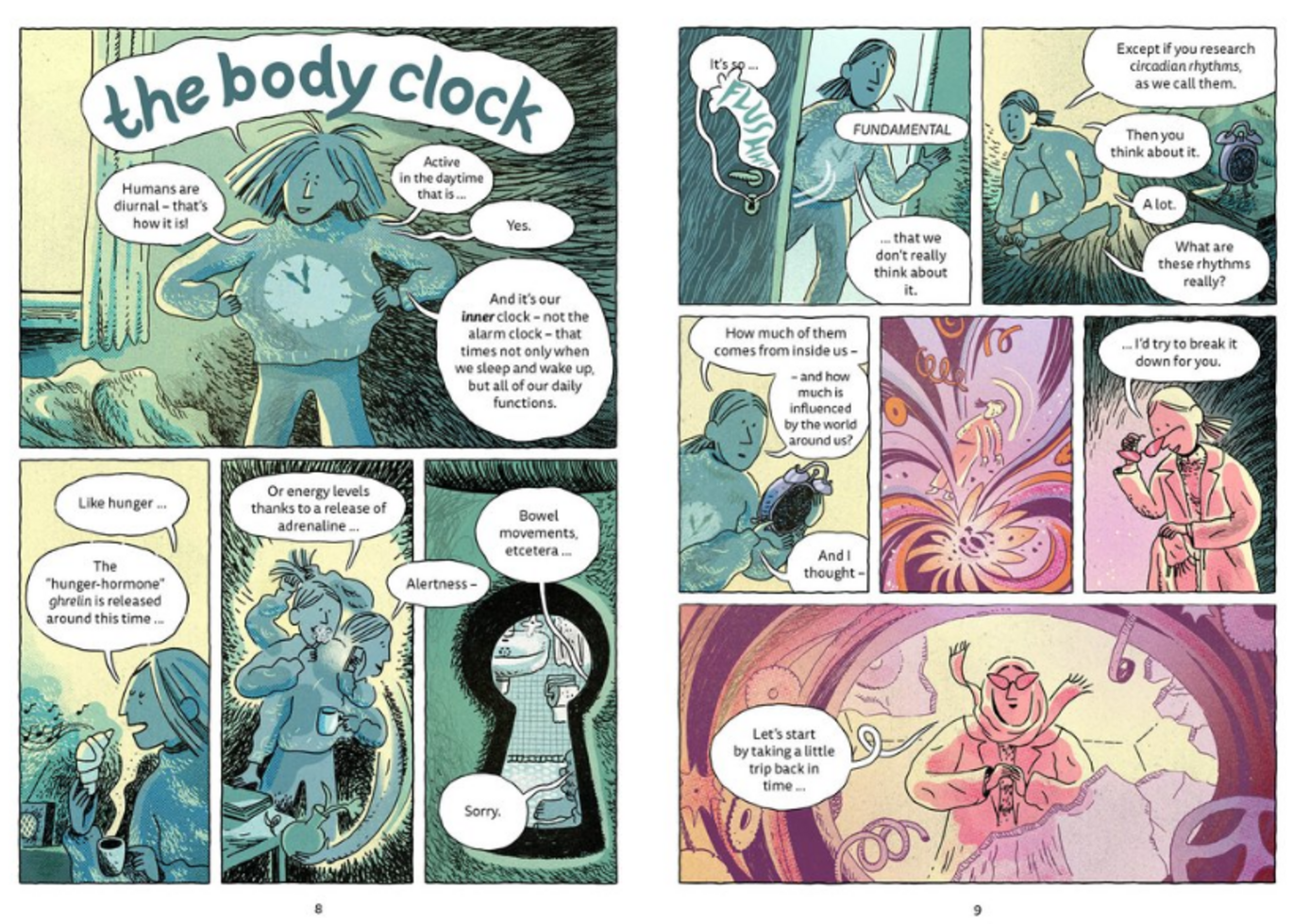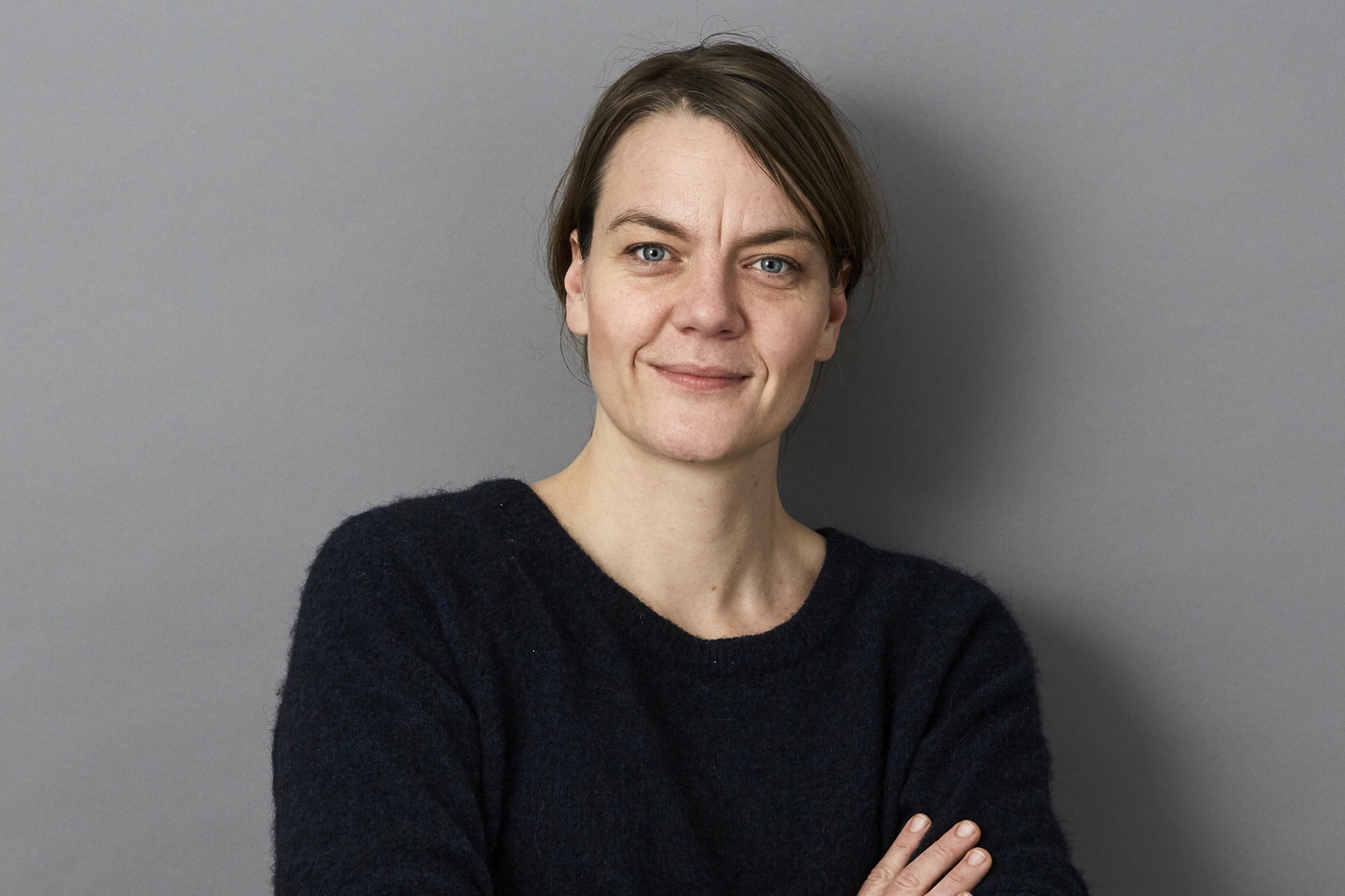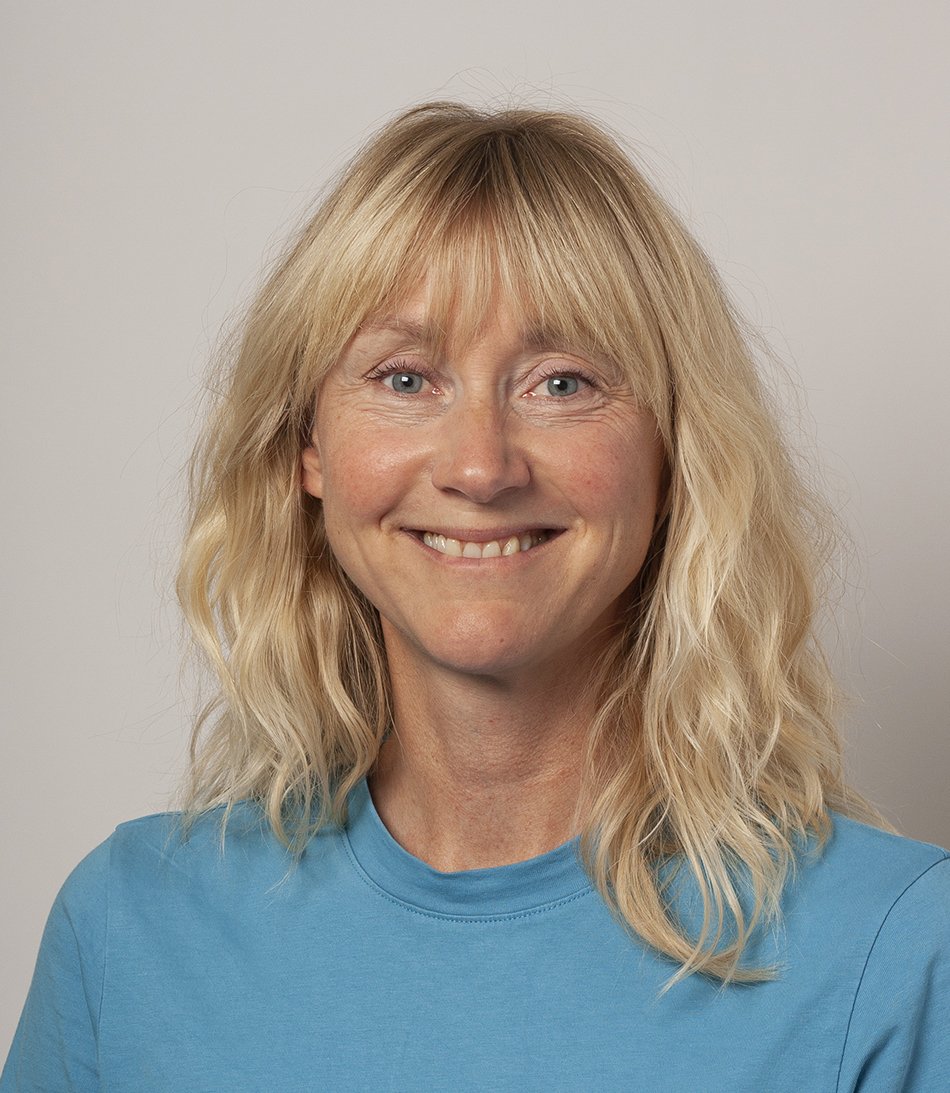Visual stories about basic research to strengthen science communication
DANDRITE is a partner in a major national communication project that, together with journalists, animators and research institutions, will rethink the communication of science through drawings and animation. The project has just received a grant of 2,1 DKK million from the Novo Nordisk Foundation.



The Danish School of Media and Journalism (DMJX) is spearheading a new development project to rethink the communication of science and basic research. The project will be launched at the turn of the year and is made possible by a grant of DKK 2,144,062 from the Novo Nordisk Foundation.
In the project, DMJX - together with DANDRITE at Aarhus University, the Animation Workshop, VIA University College in Viborg, and a wide range of regional media and libraries as well as three other universities - will experiment with making journalism about science accessible to a broad target group. This is done through drawings, comics, graphics and animations.
"Basic research is full of complex processes that most people find difficult to access or boring accessible or boring. But the stories are too important to be communicated to and understood only by the chosen few. Especially in a time characterised by misinformation and fake news," says Mette Stentoft.
She is an Associate Professor of Journalism at DMJX and heads the project "Visual basic research narratives".
To increase engagement, knowledge and curiosity
The project will work with presentations of important basic research in ways that invite the audience into a story with people, emotions, curiosity and endeavour.
This will be done in collaboration with six regional media - Nordjyske Medier, Jyske Vestkysten, Fyns Amts Avis, Aarhus Stiftstidende, Midtjyllands Avis and Frederiksborg Amts Avis - as well as 11 public libraries across the country, which will ensure broad dissemination through exhibitions. In addition, Faculties of Health and Natural Sciences from three other universities, Aalborg University, Roskilde University and the University of Southern Denmark, will participate.
"We know from international research that people perceive visual content as less dangerous than text or audio on the same topic. We also know that visuals can increase user engagement, knowledge and curiosity if used correctly. So it will be really interesting to see what we can achieve,’ says Mette Stentoft.
Underrepresented and complicated subject area
News editor Brian Holst from Midtjyllands Avis is looking forward to telling his readers the important stories about basic research in new ways through the project.
"This gives us a unique opportunity to present a complicated and unfortunately underrepresented subject area to our readers on both our digital platforms platforms and in the physical newspaper. It's going to be great," he says.
Rikke Lindhard, Communications Officer at DANDRITE, will help qualify the research communication in the project. Through her work with communicating basic research in neuroscience, she realises how challenging it is to communicate stories about basic research to a broad target audience.
"Basic research is time-consuming and often far removed from people's everyday lives, which makes it difficult to adapt the communication to the usual news criteria. Therefore, it is both great and important that the Novo Nordisk Foundation supports a project like this and provides a unique opportunity to highlight the importance and function of basic research in our society," she explains.
Towards the end of the two-year project period at the end of 2026, the team behind the project will produce a white paper so that even more media and educational institutions can benefit from the lessons learnt.
